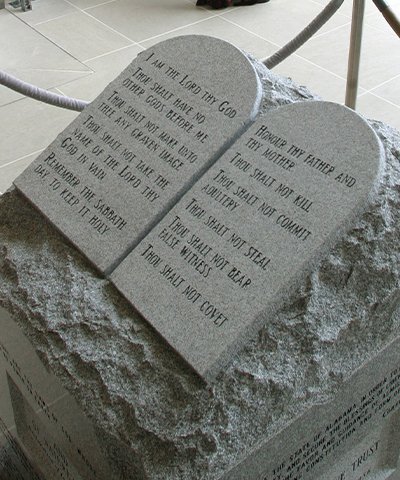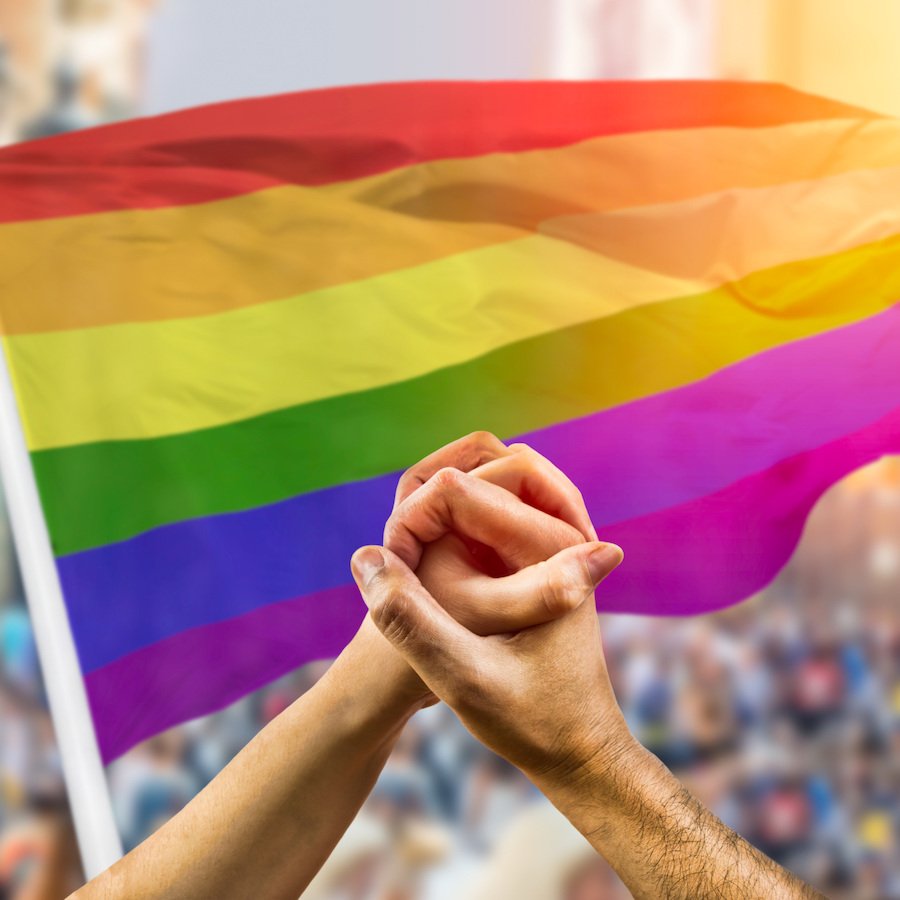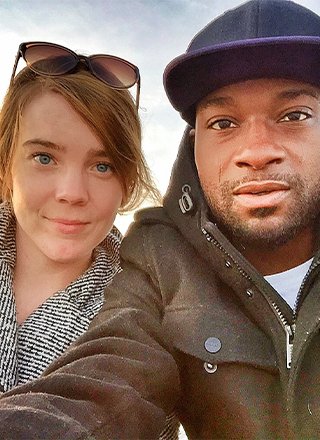The Ten Commandments Aren’t Universal
Government displays of the Ten Commandments are divisive. They are a religious code integral to Judaism and Christianity, but they are written and interpreted differently in those faiths. Muslims, Buddhists, Hindus, and other religions do not incorporate them in their core beliefs.



